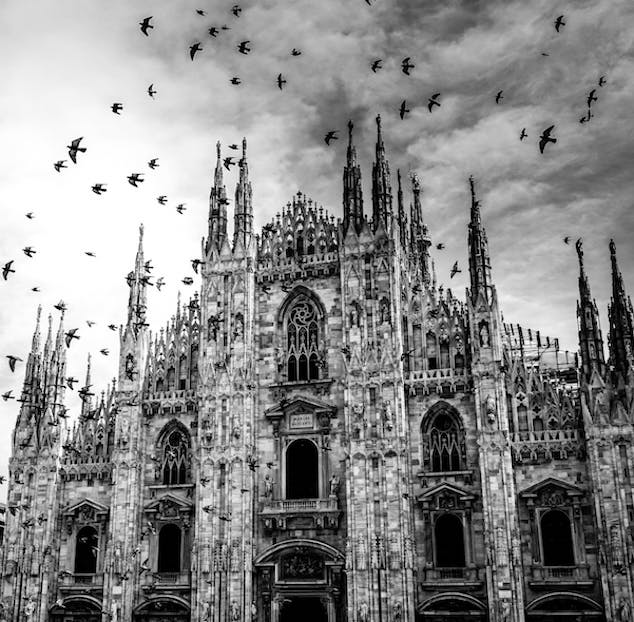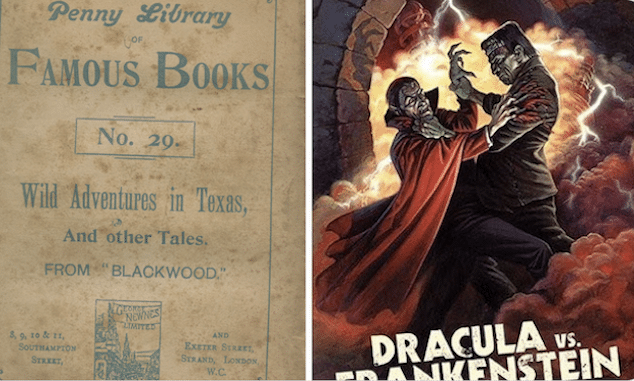
How Gothic impacted Contemporary Pop Culture & became a mainstay. From motifs, traditon, story lines, music, fashion and popular forms of art, games and expression.
Over the past few years, gothic media has seen an unparalleled rise in popularity, solidifying itself as a massive part of pop culture. Now, it goes without saying that we love pop culture – we have a whole category dedicated to it! But, what impact has the gothic had on pop culture, and how are the two inextricably connected? Let’s take a look.
Origins of gothic culture, and its early ties to pop culture
The truth is that the histories of gothic culture and pop culture have always been intertwined. Put simply, pop culture considers the type and themes of media that the masses consume, such as sports, news, politics, fashion, language, and technology. For example, in the modern day, if you were to try your hand at online casino gambling at Paddy’s, you can find a variety of games with themes, motifs, and musical stylings inspired by gothic culture, such as Case Closed, which plays on the growing popularity of true crime media (a mainstay of modern gothic culture), or 4 Deals With The Devil, which incorporates more traditional, supernatural themes of horror media.
But, where did the interest in gothic themes like horror and true crime come from? While nowadays perhaps the best signifiers of pop culture can be found on streaming services and online casinos, back in the 19th century, it was another form of entertainment – literature.
When the term pop culture was first coined, the phrase had demeaning undertones, separating the working class masses from the higher class (and higher educated) populous. That said, as education became more and more accessible, more of the population began to read – and, most importantly, read for fun. With this came the cheap and not-so-cheerful ‘Penny Dreadfuls’, signaling Britain’s first ever mass-produced pop culture, which The Guardian once famously called the Victorian equivalent of gory video games, and the rise in public fascination with gothic topics and themes.

From Penny Dreadfuls to the modern-day
Penny dreadfuls typically told sensationalist narratives about detectives solving gory crimes and supernatural beings channeling dark journeys, ending with something so shocking you had to come back for the next installment, and providing escapism from reality throughout the overarching storyline.
Sound familiar? That’s right, it was these short stories that triggered a keen interest in gothic fiction, which developed throughout the 19th century and paved the way for authors like Mary Shelley and Bram Stoker to take gothic culture to new heights with iconic characters such as Frankenstein and Dracula.
In the late 19th and 20th centuries, the supernatural elements of gothic culture might have taken a backseat, but only as it pivoted towards a renewed interest in detective fiction thanks to Arthur Conan Doyle’s Sherlock Holmes and Agatha Christie’s Hercule Poirot and Miss Marple.
Looking to the modern day, the rise in technology has utterly transformed pop culture from its origins, allowing viewers to consume gothic media through Netflix original documentaries, YouTube, popular adaptions of crime novels like Vera consistently airing on broadcast television, and continued developments in CGI making for more lifelike and impactful gothic TV shows and films. With this in mind, the future of the gothic in pop culture is unknown – but, one thing is for sure, this centuries-old morbid curiosity is enduring.






